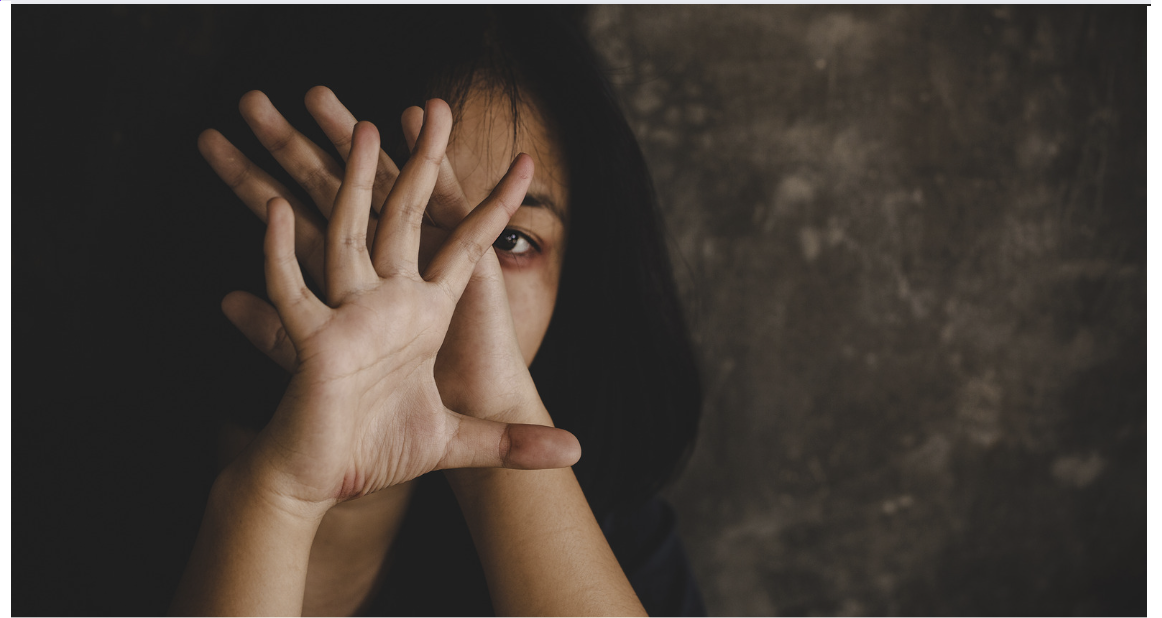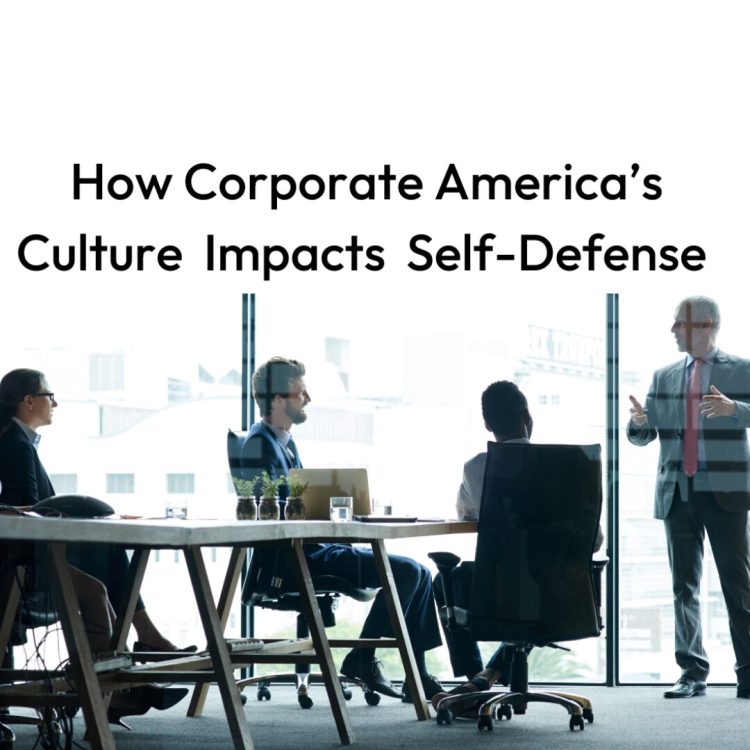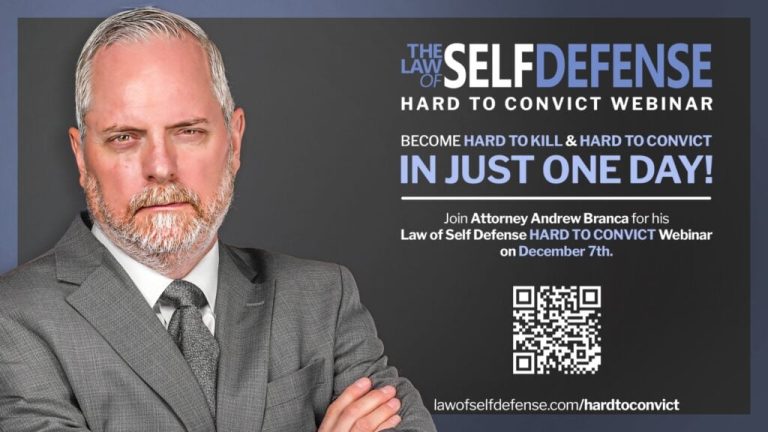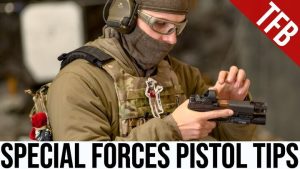On June 26th, in broad daylight, Shi Yahan, a 58-year-old Chinese woman, was brutally attacked by two masked men on Monroe Street in New York City.
The shocking incident happened around 2:08 p.m., right outside 37 Monroe Street. Yahan, who had just left work at a nearby daycare center, was walking towards Market Street when two men in black ski masks approached her from behind.
One man hit Yahan, swinging a baseball bat at the back of her head, and then both men continued to beat her with punches, kicks, and the baseball bat. The attack was caught on a nearby surveillance camera and became viral on social media.
Surprisingly, the attackers fled without robbing Yahan. Her belongings were scattered, but she kept her purse and phone.
A Good Samaritan upstander offered assistance while Yahan called her family or the police. This act of kindness is extremely important for her emotional recovery.
What could Yahan do to protect herself?
From a self-defense point of view, this is one of the rare cases where I can say that this was “bad luck.” I believe that even if she were highly trained, this attack couldn’t have been prevented. Yes, it’s true she was looking at her phone while walking down the street. But this is not unusual in our busy lifestyle. When we feel it’s “safe” to do so, we all do. Walking down the street in Manhattan is usually safe, and no one should expect something so unfathomable as getting attacked by two random men with a baseball bat.
Yahan became aware of the danger only after she had already been hit in the back of the head with a baseball bat. It’s not “fair play” or a good starting point. Before she realized what was happening, the two men were already very close to her, in her personal space. While she was still trying to comprehend what was going on, they made their violent move and attacked viciously numerous times.
Even a trained, physically strong person doesn’t have a fair chance under those circumstances. You can only defend what you can see and predict. Unless you have spidey senses, there’s no way to prepare for such an attack and maintain the safe distance you need.
So why learn self-defense at all if you can’t prevent the attack?
Don’t confuse rare situations like this one with our more common, day-to-day problems. It’s fair to say that most of us never had to deal with such extreme, unprovoked violence. Training will allow you to prevent most daily issues and handle those better. The main idea is not to start a “blow-for-blow” fight but to manage the stress and reduce the likelihood of being attacked.
But there’s one more important element—your personal narrative of how you proceed after the attack, if it ever happens.
Emotional Recovery After Trauma:
Imagine feeling completely defenseless, blindsided by sudden violence. It’s easy to chalk it up to bad luck or being in the wrong place at the wrong time, but it’s much deeper than that. Violence, especially incidents like the one I am focusing on in today’s article, is a life-changing event.
Take Yahan, for example. She suffered bruises on her leg and head from the assault. Now she’s at home, trying to recover not just physically but also from severe psychological trauma.
The first 48 hours after an incident like this are crucial because this is when PTSD can begin to set in. Seeking help immediately is vital; it can change the trajectory of your recovery. Research has shown that early intervention, particularly trauma-focused cognitive-behavioral therapy (CBT), can significantly reduce PTSD symptoms. For instance, studies by Bryant et al. (2008) and Rothbaum et al. (2012) have demonstrated the effectiveness of early CBT in mitigating PTSD symptoms when administered shortly after the trauma.
The process of revisiting and retelling the story of what happened is incredibly powerful. Studies indicate that how we shape our narratives affects our memories and self-perception. There’s a lot of scientific data that shows the importance of reframing traumatic experiences, emphasizing strength and resilience. By reworking the story to highlight these positive aspects, individuals can reduce the psychological impact of the trauma.
Learning self-defense is transformative, and I found in thousands of students a big improvement in reclaiming agency and self-worth. It’s not just about the physical ability to protect yourself but about reclaiming control and empowerment. Practicing self-defense can change your narrative from one of helplessness to one of strength. It helps you feel less vulnerable and more capable, a huge step in overcoming the feelings of defenselessness that often come with trauma.
For Yahan and others like her, combining physical training with emotional support is key. It’s about developing new skills that protect you in the future and reshape how you think about the past. This approach addresses both the physical and emotional aspects of recovery, helping survivors reclaim their power and rewrite their stories, paving the way for healing and resilience.
Do something amazing,
Tsahi Shemesh
Founder & CEO
Krav Maga Experts
References
Bryant, R. A., Harvey, A. G., Dang, S. T., Sackville, T., & Basten, C. (1998). Treatment of acute stress disorder: A comparison of cognitive-behavioral therapy and supportive counseling. Journal of Consulting and Clinical Psychology, 66(5), 862-866.
Foa, E. B., Gillihan, S. J., & Bryant, R. A. (2013). Challenges and successes in dissemination of evidence-based treatments for posttraumatic stress: Lessons learned from prolonged exposure therapy for PTSD. Psychological Science in the Public Interest, 14(2), 65-111.
Rothbaum, B. O., Kearns, M. C., Price, M., Malcoun, E., Davis, M., Ressler, K. J., … & Houry, D. (2012). Early intervention may prevent the development of posttraumatic fstress disorder: A randomized pilot civilian study with modified prolonged exposure. Biological Psychiatry, 72(11), 957-963.


















